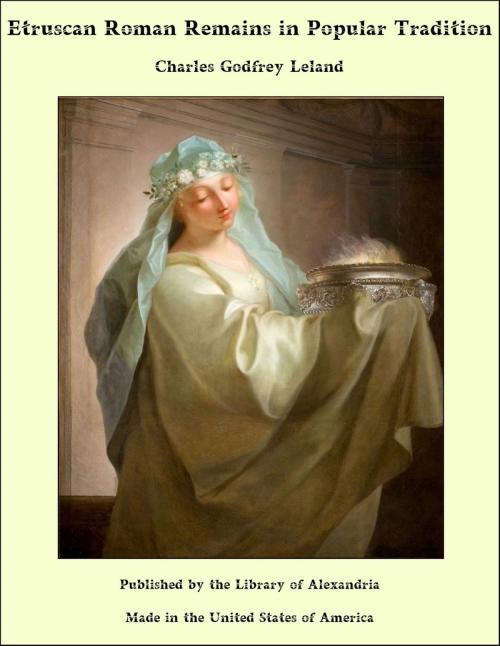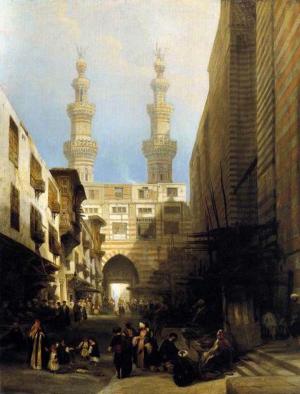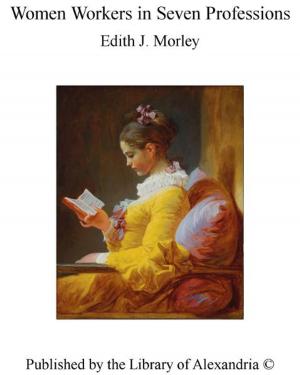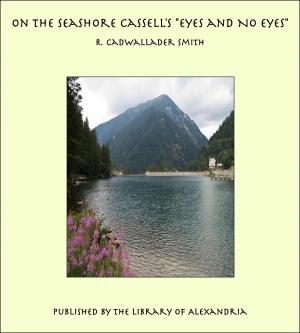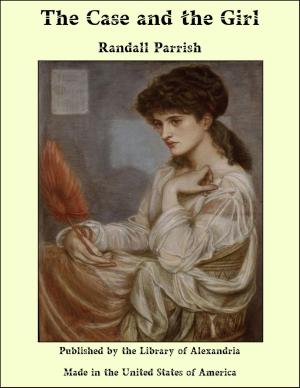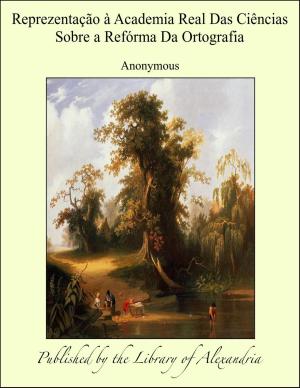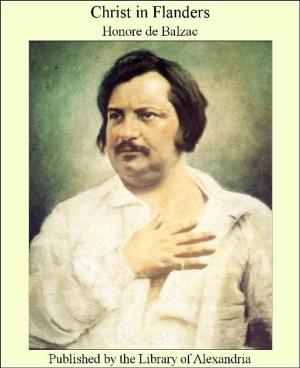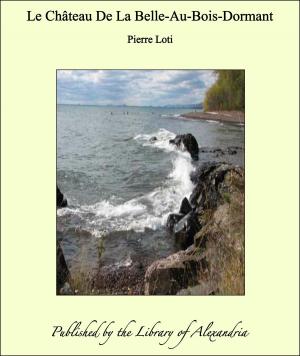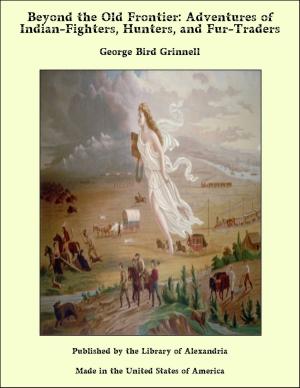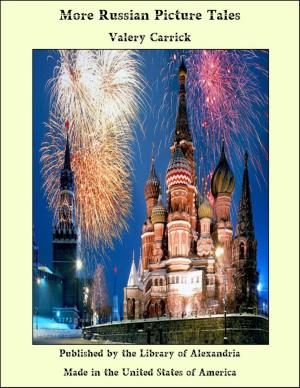Etruscan Roman Remains in Popular Tradition
Nonfiction, Religion & Spirituality, New Age, History, Fiction & Literature| Author: | Charles Godfrey Leland | ISBN: | 9781465578693 |
| Publisher: | Library of Alexandria | Publication: | March 8, 2015 |
| Imprint: | Language: | English |
| Author: | Charles Godfrey Leland |
| ISBN: | 9781465578693 |
| Publisher: | Library of Alexandria |
| Publication: | March 8, 2015 |
| Imprint: | |
| Language: | English |
THERE is in Northern Italy a mountain district known as La Romagna Toscana, the inhabitants of which speak a rude form of the Bolognese dialect. These Romagnoli are manifestly a very ancient race, and appear to have preserved traditions and observances little changed from an incredibly early time. It has been a question of late years whether the Bolognese are of Etrurian origin, and it seems to have been generally decided that they are not. With this I have nothing whatever to do. They were probably there before the Etruscans. But the latter at one time held all Italy, and it is very likely that they left in remote districts those traces of their culture to which this book refers. The name Romagna is applied to their district because it once formed part of the Papal or Roman dominion, and it is not to be confounded with La Romagna proper. Roughly speaking, the region to which I refer may be described as lying between Forli and Ravenna. Among these people, stregeria, or witchcraft--or, as I have heard it called, "la vecchia religione" (or "the old religion")--exists to a degree which would even astonish many Italians. This stregeria, or old religion, is something more than a sorcery, and something less than a faith. It consists in remains of a mythology of spirits, the principal of whom preserve the names and attributes of the old Etruscan gods, such as Tinia, or Jupiter, Faflon, or Bacchus, and Teramo (in Etruscan Turms), or Mercury. With these there still exist, in a few memories, the most ancient Roman rural deities, such as Silvanus, Palus, Pan, and the Fauns. To all of these invocations or prayers in rude metrical form are still addressed, or are at least preserved, and there are many stories current regarding them. All of these names, with their attributes, descriptions of spirits or gods, invocations and legends, will be found in this work.
THERE is in Northern Italy a mountain district known as La Romagna Toscana, the inhabitants of which speak a rude form of the Bolognese dialect. These Romagnoli are manifestly a very ancient race, and appear to have preserved traditions and observances little changed from an incredibly early time. It has been a question of late years whether the Bolognese are of Etrurian origin, and it seems to have been generally decided that they are not. With this I have nothing whatever to do. They were probably there before the Etruscans. But the latter at one time held all Italy, and it is very likely that they left in remote districts those traces of their culture to which this book refers. The name Romagna is applied to their district because it once formed part of the Papal or Roman dominion, and it is not to be confounded with La Romagna proper. Roughly speaking, the region to which I refer may be described as lying between Forli and Ravenna. Among these people, stregeria, or witchcraft--or, as I have heard it called, "la vecchia religione" (or "the old religion")--exists to a degree which would even astonish many Italians. This stregeria, or old religion, is something more than a sorcery, and something less than a faith. It consists in remains of a mythology of spirits, the principal of whom preserve the names and attributes of the old Etruscan gods, such as Tinia, or Jupiter, Faflon, or Bacchus, and Teramo (in Etruscan Turms), or Mercury. With these there still exist, in a few memories, the most ancient Roman rural deities, such as Silvanus, Palus, Pan, and the Fauns. To all of these invocations or prayers in rude metrical form are still addressed, or are at least preserved, and there are many stories current regarding them. All of these names, with their attributes, descriptions of spirits or gods, invocations and legends, will be found in this work.
